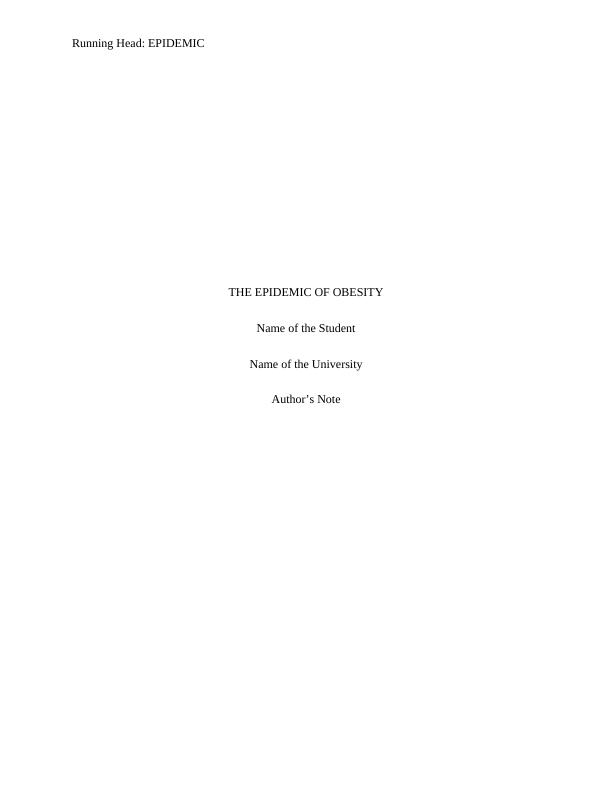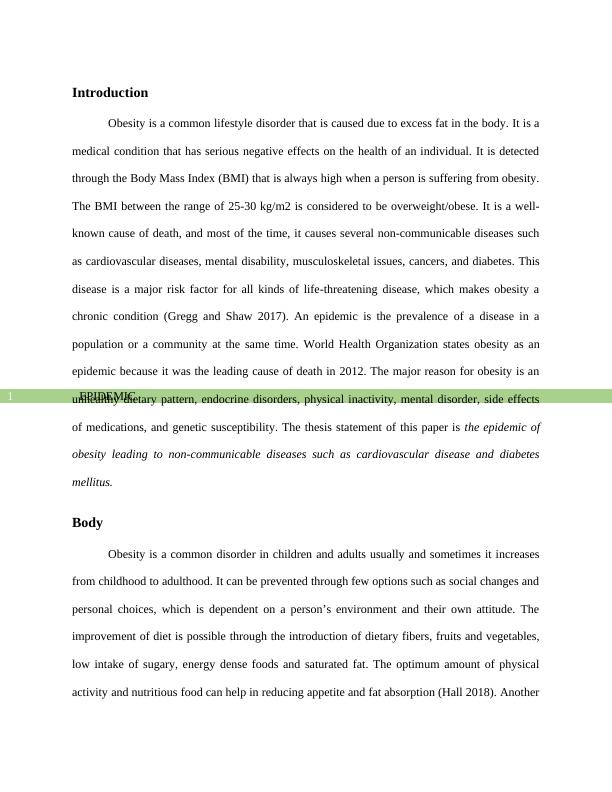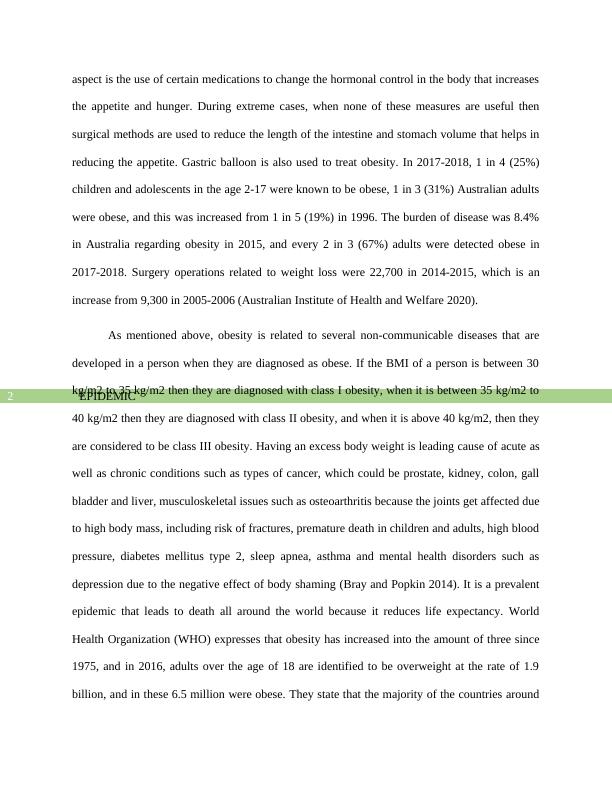Body Mass Index in Epidemic Assesment
Write an essay on the same topic that you researched for Assessment 1, arguing a particular thesis on the chosen topic.
8 Pages1870 Words15 Views
Added on 2022-08-25
Body Mass Index in Epidemic Assesment
Write an essay on the same topic that you researched for Assessment 1, arguing a particular thesis on the chosen topic.
Added on 2022-08-25
ShareRelated Documents
End of preview
Want to access all the pages? Upload your documents or become a member.
Public Health - Obesity | Assignment
|13
|4052
|49
Diagnosis and Management of Obesity
|19
|4118
|39
Health System and Economics
|9
|1951
|9
Long-Term Effectiveness of a Lifestyle Intervention for the Primary Prevention of Type 2 Diabetes
|7
|1841
|368
Obesity in Wolverhampton: Epidemiology, Determinants of Health, and Statistical Data
|13
|5263
|201
Main Causes of Obesity
|11
|2776
|156



